As the Covid-19 hit the world with the ongoing pandemic, remote work is here to stay for a long time. A lot of organizations have discovered that remote working has increased motivation and productivity while reducing heavy amounts from the budget.
As vaccinations have become widely available, many companies will be integrating permanent work from home culture or few days a week work from home. Both ways, many of us are struggling to develop a vision for the company’s remote work regulations that will streamline with the mission and values of the more prominent companies.
With the right LMS, an organization can tackle all the challenges of remote work. With workforce management aligned with people-centered culture, Ultimate Kronos Group is the best learning system for monitoring, tracking, and managing remote workers.
Remote work culture plays a massive role in how work from home will look like this is the new normal.
It might look like it is challenging to build the culture of employees scattered around the country. With little practice, it is possible and vital for an effective and sustainable remote work culture.
Start from the top
Whenever you start thinking about the company culture, you can’t get far without considering leadership. Managers and leaders set the tone for the teams and the company as a whole. If they are not entirely dedicated to remote work culture, no one will ever be.
When communicating the remote work changes, brief leadership on how everything will work and a quick demonstration of new norms are essential.
As management enforces regulations within the workforce, convince them why this practice is essential.
Set clear expectations
For maintaining consistency among remote organizational cultures, everyone needs to be aligned. Expectations for remote workers should be communicated and practically enforced.
Does your team have different working hours? Do you care if they make their working hours? Make all this an expectation. This is crucial to be communicated firsthand. The employees will be nervous about their flexibility resulting in inconsistent practices.
Ensure the expectations are sensible for the team. You need to be precise with the reason behind any change. Impractical norms may involve enforcing a particular dress code or asking employees not to be around their children during the daytime.
The best way to communicate these expectations is through LMS. The training module is used for onboarding new employees later. L&D professionals understand who to communicate clearly, which will stick to avoid any gray areas.
Balance out accountability with the trust factor
Accountability is crucial. If you have employees who are consistently missing out on deadlines, remote work is not suitable. Although, trust is equally important. If you can’t see your employees, every day doesn’t imply they are not working hard.
Employees who feel they are not trusted are likely to have low morale and feel distracted from the goal. It creates a communication barrier between the workforce.
Micromanaging the team, keeping the record of how they spend each minute of their time, updating after every half an hour on slack is unnecessary in most work scenarios. It might even hinder productivity and seems unhealthy.
Instead, use a project management tool to keep track of the working hours and deadlines. This is the professional and more healthy approach to managing remote work culture.
Conclusions:
Every remote work culture is unique in its way. In the end, every company is going to have different ways to deal according to their needs. For a healthy work environment, the needs, including team member personalities, values, and industry, everything should be considered. From the management to setting clear expectations and balancing accountability with trust and boundaries are crucial to any functional remote work culture.
